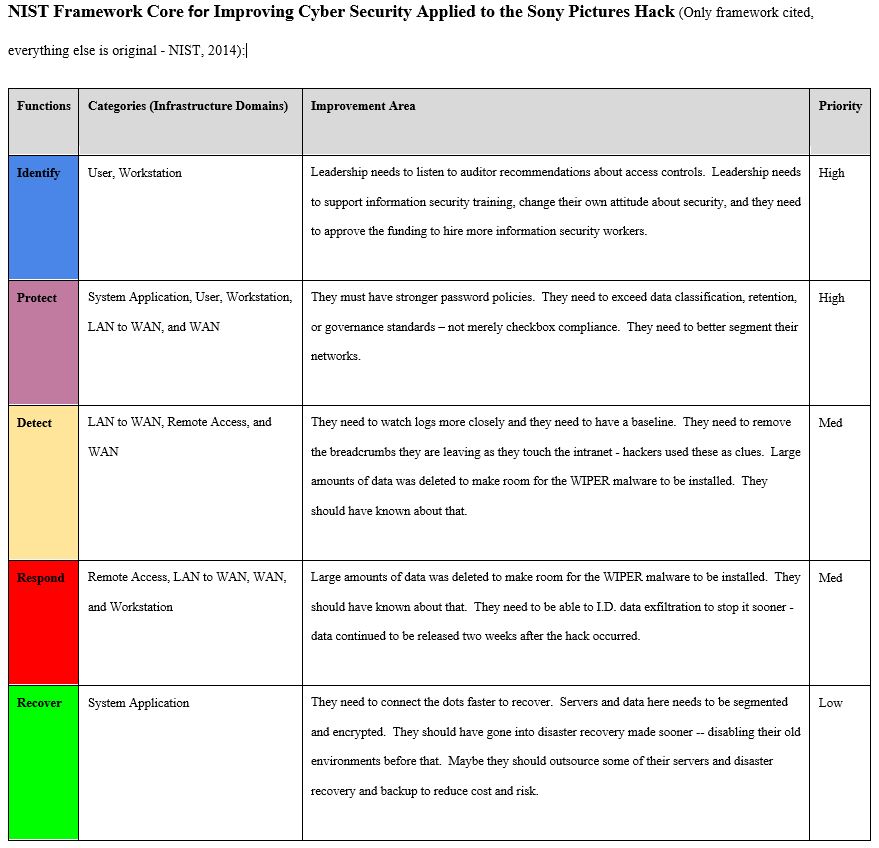Fig. 1. NIST CSF 2.0 Stepper, NIST, 2024.

#cyberresilience #cybersecurity #generativeai #cyberthreats #enterprisearchitecture #CIO #CTO #riskmanagement #bias #governance #RBAC #CybersecurityFramework #Cybersecurity #NISTCSF #RiskManagement #DigitalResilience #nist #nistframework #cyberawareness
The National Institute of Standards and Technology (NIST) has updated its widely used Cybersecurity Framework (CSF) — a free respected landmark guidance document for reducing cybersecurity risk. However, it’s important to note that most of the framework core has remained the same. Here are the core components the security community knows:
Govern (GV): Sets forth the strategic path and guidelines for managing cybersecurity risks, ensuring harmony with business goals and adherence to legal requirements and standards. This is the newest addition which was inferred before but is specifically illustrated to touch every aspect of the framework. It seeks to establish and monitor your company’s cybersecurity risk management strategy, expectations, and policy.
1. Identify (ID): Entails cultivating a comprehensive organizational comprehension of managing cybersecurity risks to systems, assets, data, and capabilities.
2. Protect (PR): Concentrates on deploying suitable measures to guarantee the provision of vital services.
3. Detect (DE): Specifies the actions for recognizing the onset of a cybersecurity incident.
4. Respond (RS): Outlines the actions to take in the event of a cybersecurity incident.
5. Recover (RC): Focuses on restoring capabilities or services that were impaired due to a cybersecurity incident.
The new 2.0 edition is structured for all audiences, industry sectors, and organization types, from the smallest startups and nonprofits to the largest corporations and government departments — regardless of their level of cybersecurity preparedness and complexity.
Fig. 2. NIST CSF 2.0 Function Breakdown, NIST, 2024.

Here are some key updates:
Emphasis is placed on the framework’s expanded scope, extending beyond critical infrastructure to encompass all organizations. Importantly, it better incorporates and expands upon supply chain risk management processes. It also introduces a new focus on governance, highlighting cybersecurity as a critical enterprise risk with many dependencies. This is critically important with the emergence of artificial intelligence.
To make it easier for a wide variety of organizations to implement the CSF 2.0, NIST has developed quick-start guides customized for various audiences, along with case studies showcasing successful implementations, and a searchable catalog of references, all aimed at facilitating the adoption of CSF 2.0 by diverse organizations.
The CSF 2.0 is aligned with the National Cybersecurity Strategy and includes a suite of resources to adapt to evolving cybersecurity needs, emphasizing a comprehensive approach to managing cybersecurity risk. New adopters can benefit from implementation examples and quick-start guides tailored to specific user types, facilitating easier integration into their cybersecurity practices. The CSF 2.0 Reference Tool simplifies implementation, enabling users to access, search, and export core guidance data in user-friendly and machine-readable formats. A searchable catalog of references allows organizations to cross-reference their actions with the CSF, linking to over 50 other cybersecurity documents – facilitating comprehensive risk management. The Cybersecurity and Privacy Reference Tool (CPRT) contextualizes NIST resources with other popular references, facilitating communication across all levels of an organization.
NIST aims to continually enhance CSF resources based on community feedback, encouraging users to share their experiences to improve collective understanding and management of cybersecurity risk. The CSF’s international adoption is significant, with translations of previous versions into 13 languages. NIST expects CSF 2.0 to follow suit, further expanding its global reach. NIST’s collaboration with ISO/IEC aligns cybersecurity frameworks internationally, enabling organizations to utilize CSF functions in conjunction with ISO/IEC resources for comprehensive cybersecurity management.
Resources:
- NIST CSF 2.0 Fact Sheet.
- NIST CSF 2.0 PDF.
- NIST CSF 2.0 Reference Tool.
- NIST CSF 2.0 YouTube Breakdown.
About the Author:
Jeremy Swenson is a disruptive-thinking security entrepreneur, futurist/researcher, and senior management tech risk consultant. He is a frequent speaker, published writer, podcaster, and even does some pro bono consulting in these areas. He holds an MBA from St. Mary’s University of MN, an MSST (Master of Science in Security Technologies) degree from the University of Minnesota, and a BA in political science from the University of Wisconsin Eau Claire. He is an alum of the Federal Reserve Secure Payment Task Force, the Crystal, Robbinsdale and New Hope Citizens Police Academy, and the Minneapolis FBI Citizens Academy.

 This article reviews the 2014 Sony hack from a strengths and weaknesses standpoint based on select parts of the SysAdmin, Audit, Network and Security (SANS) and National Institute of Standards in Technology (NIST) frameworks. Although an older hack, the lessons learned here are still relevant today.
This article reviews the 2014 Sony hack from a strengths and weaknesses standpoint based on select parts of the SysAdmin, Audit, Network and Security (SANS) and National Institute of Standards in Technology (NIST) frameworks. Although an older hack, the lessons learned here are still relevant today.
